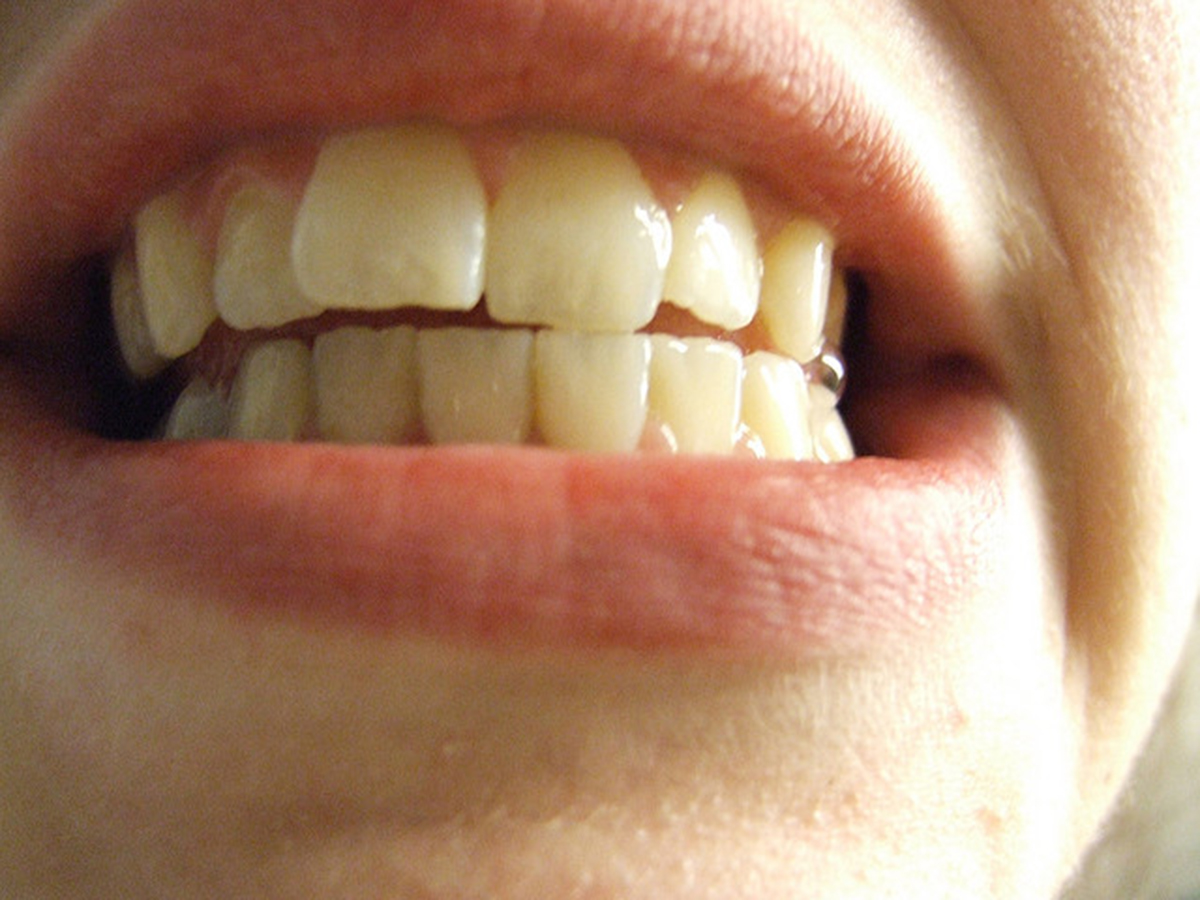Root canal treatment can be quite scary for adults to go through and so it is no surprise when they are shocked at the thought of their young children having to go through it as well! The reality is that root canal treatment for children is often the best course of action, a procedure that needs to be followed so that they can keep their teeth for the correct duration of time and not have to face space constraints later.
Here are some of the most common questions people have regarding root canal treatment for children.

Are Root Canals Performed On Milk teeth?
Each and every tooth, including milk teeth (deciduous teeth), has the same basic structure. A hard cover of enamel on the outside, dentin in the middle and the pulp on the inside. This pulp contains all the nerve endings which run through the center of the tooth roots.
Within this basic framework there are small variations, however problems such as pain, abscess formation, decay or broken teeth can be treated with a root canal in milk teeth without any problem.
Can Children Handle Root Canal Procedures?
Children are often quite scared of going to the dentist, however, there is nothing specifically about a root canal procedure that is difficult to bear. They would be as scared of getting a tooth extracted or having a filling done.
The key is to inform and educate the child so that they may be able to accept all kinds of dental treatment without any trouble. Achieving such a thing can be a little more difficult in practice though and may involve more than the standard number of visits to achieve.
Once the children have understood that there is nothing to be scared of, they accept the treatment without any problem whatsoever.
For children who are too young to understand or are just unwilling, treatment can even be performed under sedation or general anesthesia. This is the last resort though and only limited to real emergencies.
Is The Root Canal Procedure The Same In Children As In Adults?
The procedure is similar to what adults go through but is not the exact same. There are some important differences. The first and foremost is the approach to root canal treatment. In children, the focus is on pain alleviation and infection control. This is why, a procedure called a pulpotomy is frequently performed in children where access to the inner chamber is achieved, a simple pain relieving dressing given and the tooth closed up.
READ Root Canal Treatment: No Longer The Stuff Of Nightmares
No effort is made to access all the roots and clean them out completely because the tooth does not have to stay in the oral cavity for an extended period of time.
In cases where the infection has progressed inside the roots as well, a pulpectomy is performed where the roots are cleaned out. They are then filled with a soft material that resorbs at a similar rate to the roots of the milk teeth so that there is no interference with the permanent erupting teeth.
Child Root Canals: More Common Questions Answered
Do Children Need A Crown After Root Canal Treatment?
Yes, children need a crown after root canal treatment. A simple stainless steel crown is proffered for providing protection to the root canal treated tooth. There are several studies which have shown that those teeth that have been restored with a high-quality crown soon after the root canal treatment is completed are much more likely to remain symptom-free than those that are not.
These crowns also help maintain the proper space for erupting teeth by making sure that the milk teeth do not drift out of position.

How successful Is Root Canal Treatment In Children?
Success, in the case of a milk tooth, would be defined slightly differently than in the case of an adult, thus, a tooth which has remained pain-free for a couple of years would be a good outcome in the case of a milk tooth while that would be a failure in the case of an adult.
It is difficult to get children to co-operate for large amounts of time at a stretch and thus complete isolation, infection control and a clear field of working may not be available. There is a higher chance of recurrent pain in the case of a milk tooth as compared to a permanent one.
Isn’t It Just Easier To Pull The Tooth Out?
In some cases, it definitely is! Extracting the tooth only takes a couple of minutes and the child does not have to visit the dentist again and again. Unfortunately, though, the easier option is rarely ever the better one.
Every tooth has been designed to stay in the mouth for a fixed amount of time. They serve a specific purpose there and even though they will be replaced by permanent ones later in life, they are not useless for the duration that they are there!
Each deciduous tooth guides an erupting permanent tooth into its right position. There is a much higher likelihood of needing braces if the deciduous teeth have been extracted early. The child will also have a tough time eating and chewing food properly if a lot of the teeth go missing.
READ Oral Care: Dental Problems in Children
What If The Root Canal Fails?
No treatment has a 100 percent success rate even though we all wish that were true. Root canals can fail in adults and in children. There is nothing that can be done about that. Other treatment options, usually extractions, have to be explored if that happens.
At least in the case of link teeth, the permanent ones are present underneath to recompense for that loss!
Conclusion
There is enough scientific evidence to conclude with certainty that root canal treatment in children is a highly successful procedure that carries extremely limited risks and is easily accepted by children of varying ages. Keeping this information in mind, all efforts should be made to provide the child with the best treatment possible even if it involves a couple of extra visits to the dentist!
- www.colgate.com/en/us/oc/oral-health/life-stages/childrens-oral-care/article/endodontic-treatment-in-children
- www.deardoctor.com/articles/root-canal-treatment-for-children/
- Photo courtesy of
- Photo courtesy of stimpson jake: https://www.flickr.com/photos/128539140@N03/17968038889/
- Photo courtesy of


Your thoughts on this